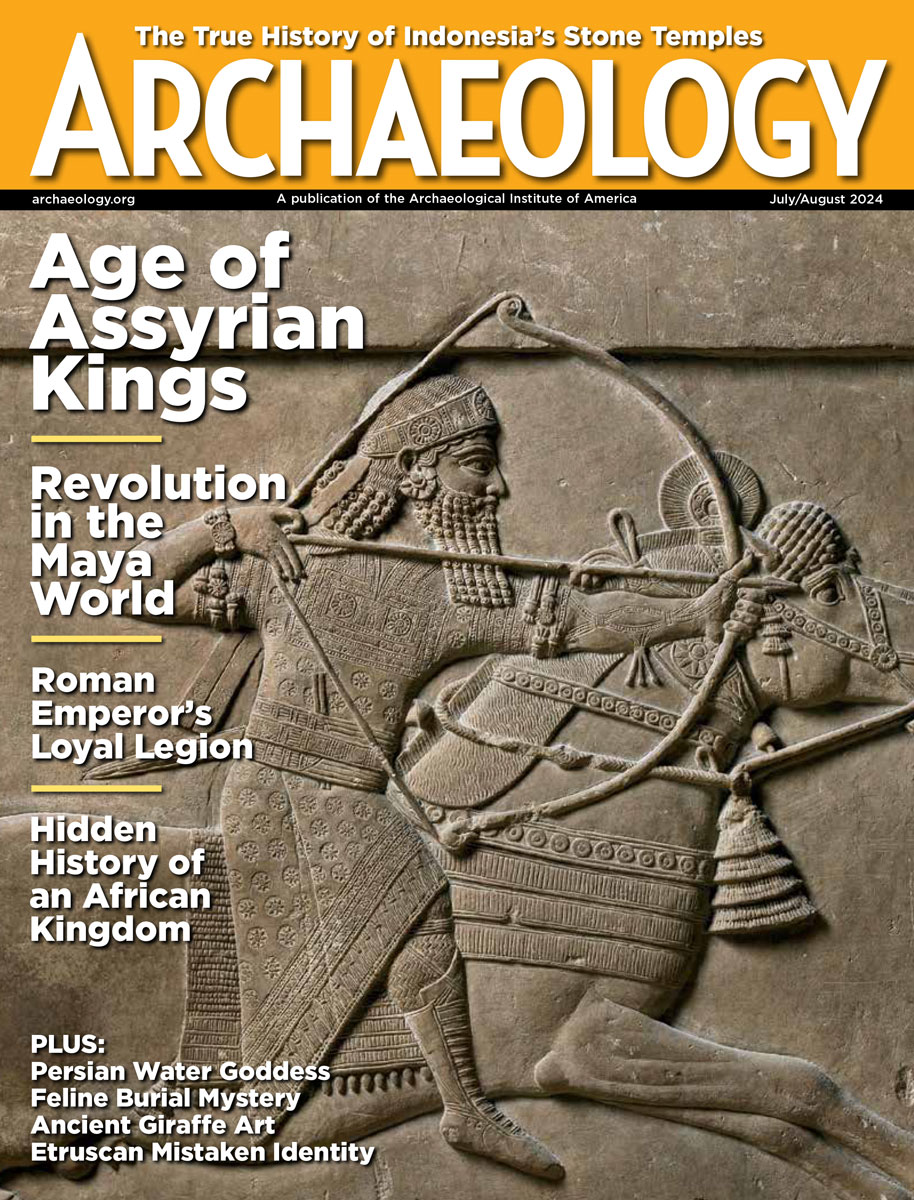Friday, October 17
October 17, 2008
Foundations dating to the thirteenth century have been uncovered at Hampton Court Palace. The building may have been a residential hall for the Knights Hospitallers, who were visited by Edward III in 1353.
Authorities in the Philippines seized 22 bags of pieces of anthropomorphic burial jars from thieves. Â
Laser technology is being used to clean the black crust from the buildings of the Athens Acropolis. “If you remove something you cannot put it back in place, so we must be quite sure that we remove unwanted pollutants and leave … all the information on the original surface,” said Evi Papaconstantinou, a chemical engineer. Â
Here’s a quick update of current excavations in Rome.  More information on the discovery of a cryptoportico on the Palatine Hill, where Emperor Caligula is said to have been stabbed to death, is available at Times Online.  Pictures of Marcus Nonius Macrinus’ tomb can be seen at BBC News.  Â
“As outrageous as it might sound, we’re looking for the tomb of Genghis Khan,” said Albert Yu-Min Lin, a researcher at the University of California, San Diego, Center for Interdisciplinary Science in Art, Architecture, and Archaeology. The team will use remote sensing techniques and satellite imagery to search a region bordered by Mongolia’s Onon River and the Khan Khentii Mountains. Â
Renovation of Abydos will begin this month. The Egyptian government will remove modern construction from around the monuments, clean up the rubble, and landscape the area and build a new visitor’s center. “The line between life and death, the Nile Valley, and the desert — you can see it. If you cross the line you enter into the other life. This has to be clear on our minds,” said architect Tarek Waly.
- Comments Off on Friday, October 17
Thursday, October 16
October 16, 2008
The monumental marble tomb of general and consul Marcus Nonius Macrinus, who is said to have inspired the movie Gladiator, has been found on the banks of the Tiber River, north of Rome. The tomb had collapsed, but the parts are intact. This is “the most important ancient Roman monument to come to light for twenty or thirty years,” said archaeologist Daniela Rossi.
The skeletal remains of 600 people excavated from a medieval cemetery in Budapest are being called the first settlers of Buda.   Â
There’s a building boom in Beirut, and that means archaeological sites are turning up right and left. “This creates a large burden for the developer. However, we as Lebanese understand that Lebanon has archaeological treasures that shouldn’t be taken lightly. We want to preserve them,” said Samir Bey, who works for a real estate development company.   Â
Zahi Hawass, head of Egypt’s Supreme Council of Antiquities, writes about the research being conducted on the two fetuses from the tomb of Tutankhamun. Â
A temple complex dedicated to the Egyptian cult of Isis and Osiris has been unearthed in Bulgaria. Â
Archaeologists from around the world have been excavating Sudan’s Merowe region before it is inundated by a new hydro-electric dam. They have found evidence that the Kushite Kingdom in northern Sudan was a power base using the world’s major trade routes. “All our preconceptions about this being a relatively poor, inhospitable area were completely wrong,” said Derek Welsby of the British Museum. Â
Three Islamic buildings in Cairo’s historic Sayeda Zeinab district have reopened to the public after extensive restorations. “We will attempt to recapture the area’s original fame and splendor after 100 years of negligence,” culture minister Farouk Hosni said at the opening ceremony.
- Comments Off on Thursday, October 16









